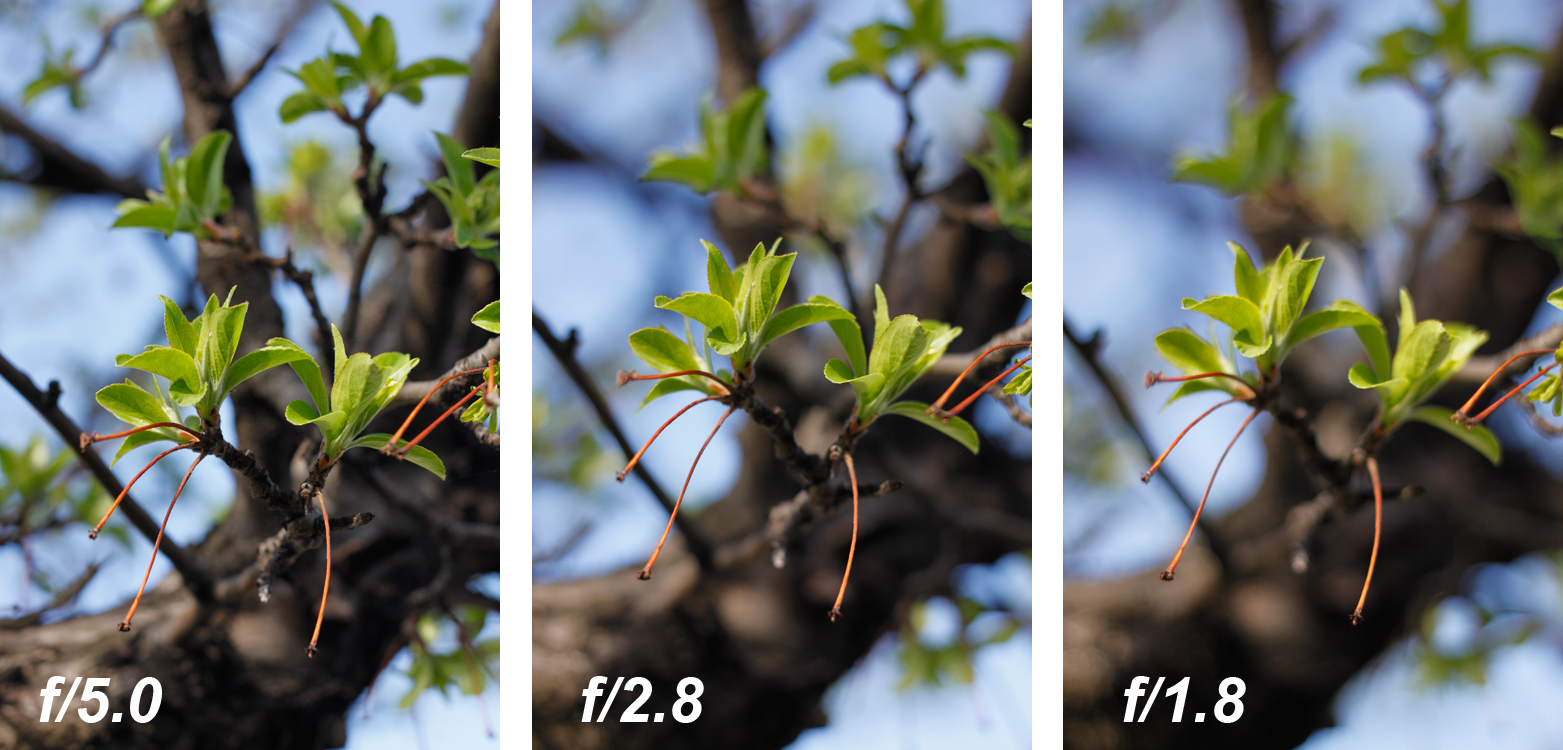

#Portrait bokeh aperture 3.5 series#
My 80/2.8 and 75/2.8 Zenzanons for the SQ and ETR series medium format cameras had only five blades but these blades are curved in such a way that the view when the lens is closed down is more of a circle than a neat pentagon. You can't always judge out of focus rendition by the number of aperture blades. Some FD lenses, like the 50/1.4 and 85/1.8, kept their 8 blades right through the final New FD versions.

The last breech lock 50/1.8 had only 5 blades and this was carried over to the 50/1.8 New FD. The first 50/1.8 Canon FD lens had 6 aperture blades. Later 135mm f/3.5 FD lenses had only 6 aperture blades. The only drawbacks with this lens are the weight and the less modern coating. My 135/3.5 FD (chrome front) has 8 aperture blades. AnyĬanon changed its FD lenses over time.

The highlights are sharp and ring-like, which is generally consideredįor some real world applications (like portraits, environmental portraits,Įvents), I wonder if the basic inexpensive lenses have the advantage. The details below are from an outdoor shot taken with the 50/1.2 L wide open. The 1.2 L seems to have defined out of focus highlights that look choppy and Hunch, and I haven't done tests side by side, and I should. Looks better than the better-corrected (and expensive) 50/1.2 L. (I don't use it much anymore because I now have an equally batteredġ35/2, and the 135/2 is also great in its out of focus areas.)īetter example: I think the out-of-focus rendition of the 50/1.8 and 50/1.4 Portraits with beautiful smooth out-of-focus highlights, sometimes like an oil It's leicoid and bogus, but I mean the same thing.) Do you agree or disagree?Įxample: I have a battered 28 year old 135/3.5. (I hate the word 'bokeh', because I think I have an idea, nothing concrete, that some of the cheap basic FD lenses have Douglas Vitello's post on the 'FD look' (four down from this) got me thinking.


 0 kommentar(er)
0 kommentar(er)
